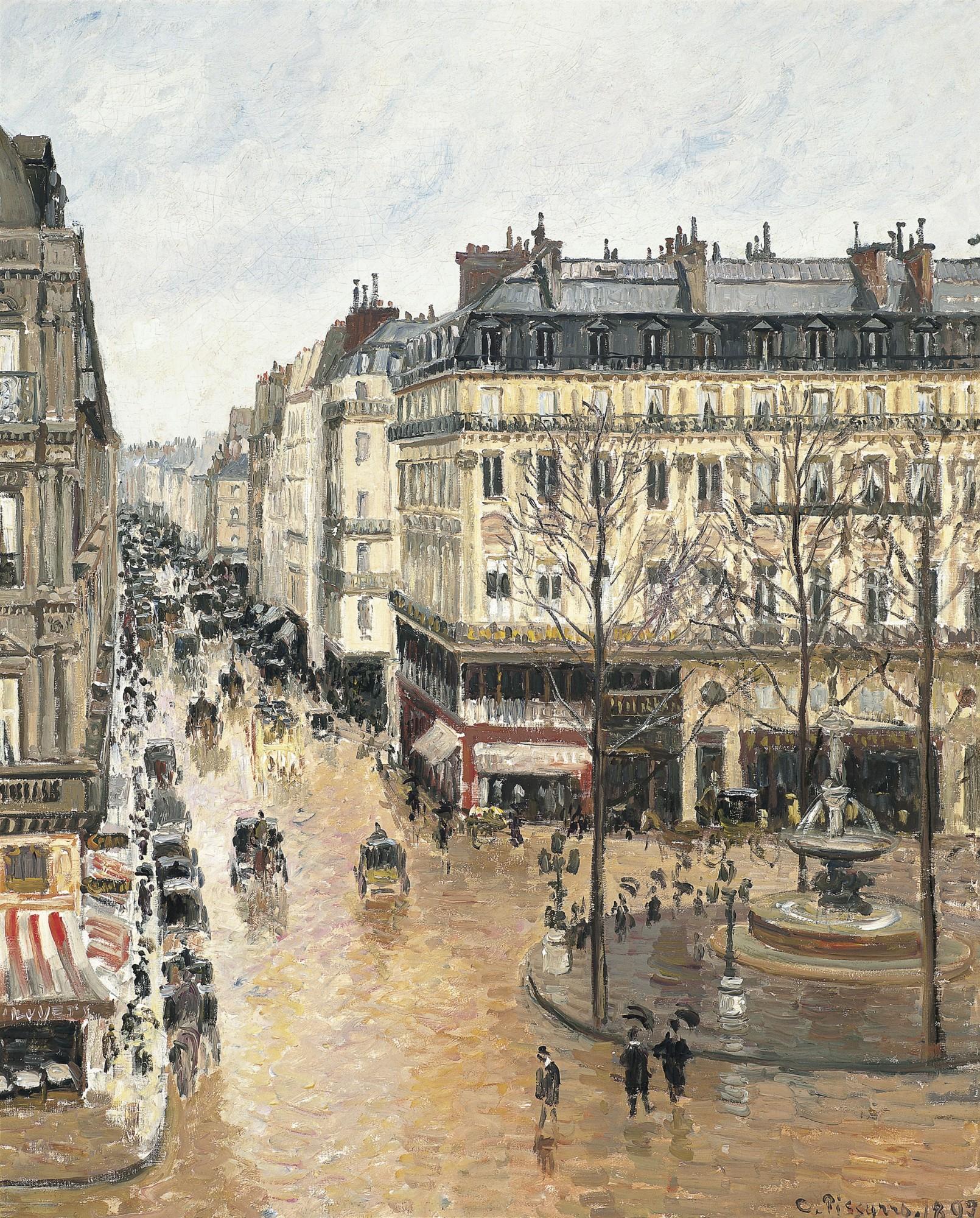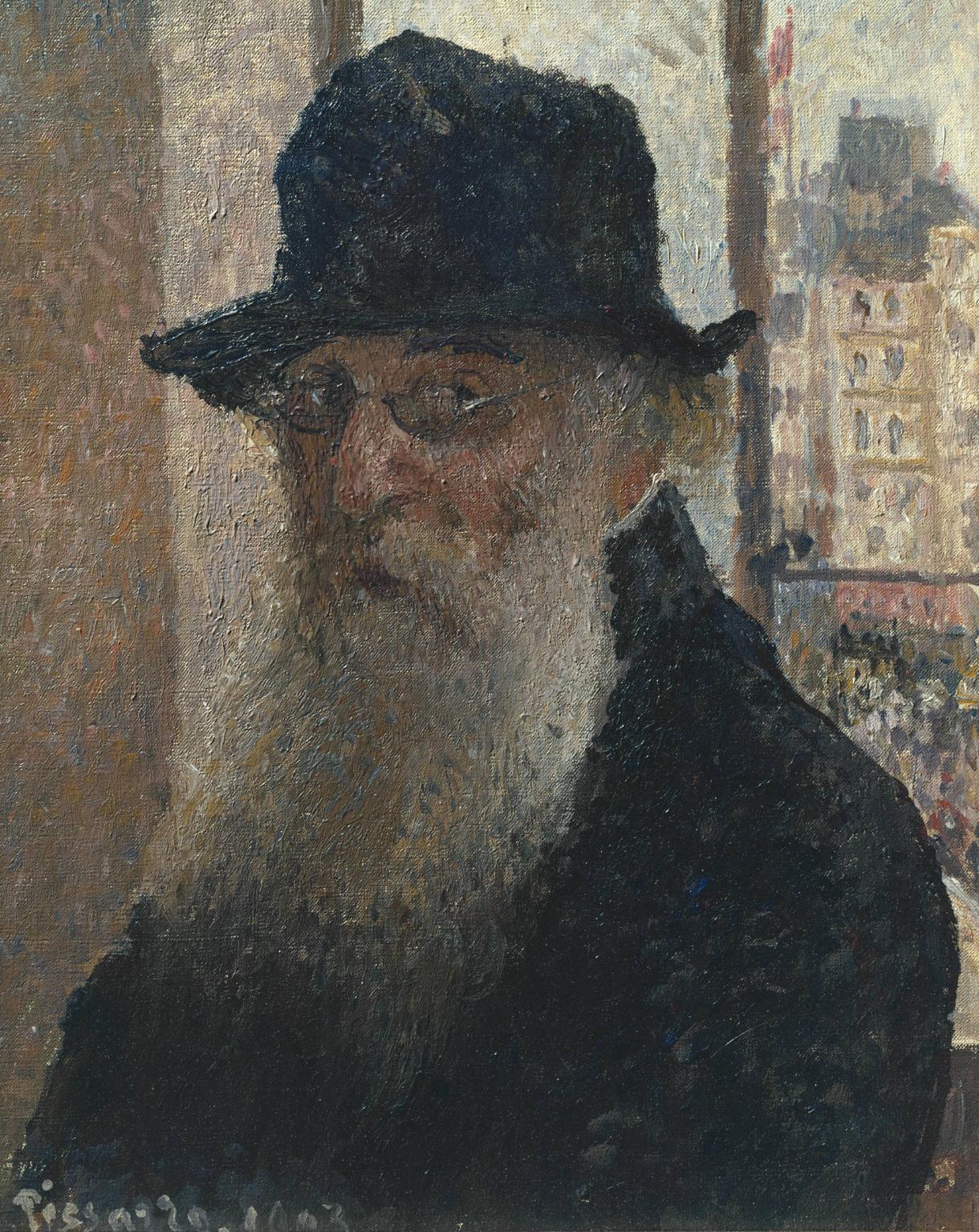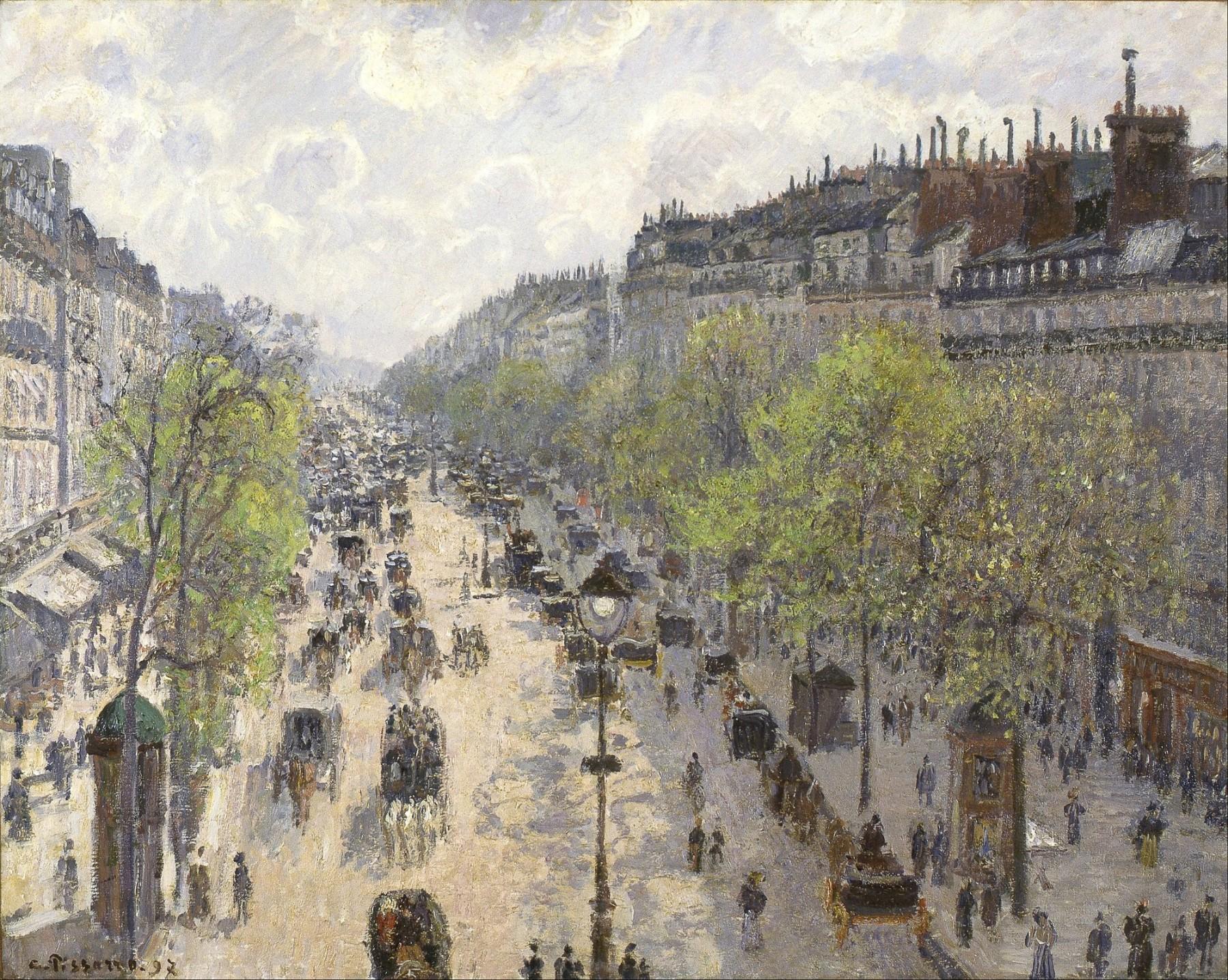At issue in a series of lawsuits in Spain and California, which bounced between appellate courts over the years, was not whether the painting was looted, which the court acknowledged. Instead, Cassirer’s heirs sought to have the painting restituted on the grounds that it had been purchased with an unclear provenance, claiming that with a faulty title, the museum did not have the right to purchase it.
The museum’s namesake, Baron Hans-Heinrich Thyssen-Bornemisza, purchased the painting in 1976 from the Hahn Gallery in New York. Thyssen-Bornemisza’s private collection was once the largest in the world, encompassing masterpieces from the Renaissance, through Impressionism and including Modern American works. The Baron’s wife, Carmen "Tita" Cervera, a former Miss Spain, persuaded her husband to house his collection in Madrid, where it sits near the Reina Sofia and Prado.
This week, the court ruled that Spain did not know about the pre-WWII origins of the painting when they purchsed the work from Thyssen-Bornemisza, and that he did not know about its origins when he bought the work in 1976. Because the museum did its due-dilligence prior to the purchase, the painting will remain with the Thyssen-Bornemisza, where it has been on display since the museum opened in 1992.



























